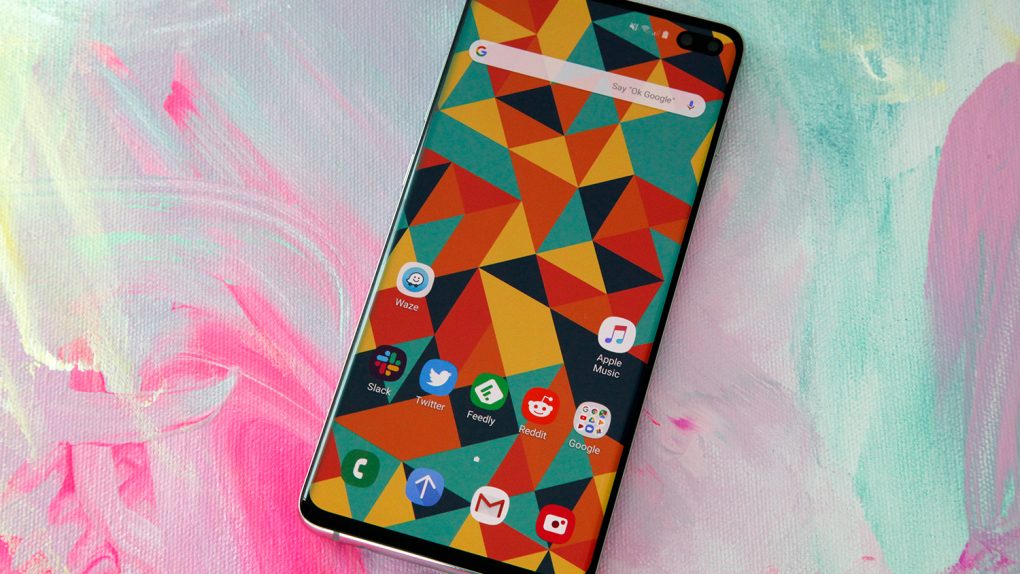The Galaxy S8 may have launched several months before the iPhone X hit stores back in 2017, but it’s Apple’s phone that every company copied in the year that followed. Samsung was slow to improve the Galaxy S series’ all-screen design. The Galaxy S9 didn’t get a notch of its own and it didn’t get any significant design improvements either, a decision that hurt Samsung’s bottom line last year. The Galaxy S10, meanwhile, delivered a breath of fresh air as Samsung unveiled a daring hole-punch display design to take on notch displays and slide-out cameras.
A version of that Infinity-O display will be used for the Galaxy Note 10 that’s set to launch in a few weeks, but Samsung doesn’t appear to be in a hurry to embrace what could be the next massive breakthrough when it comes to smartphone display innovations.
A Samsung insider who has been quite critical of Samsung’s design decisions took again to Twitter to bash his favorite company for its lack of courage.
Full-Display 2.0 is an irreversible trend in phone design. Samsung canceled this project (probably one of Samsung's most serious mistakes this year), Chinese brands are actively researching, vivo is one of the most radical brands, and can be foreseen, vivoNEX2 looks like this. pic.twitter.com/3EqytgBYsq
— Ice universe (@UniverseIce) July 17, 2019
Ice Universe revealed in earlier tweets that smartphone makers including Samsung have been working on smartphone displays with extreme edge curvatures, as seen in the image above. The leaker followed up with more revelations about this “Full-Display 2.0” design, hinting that Huawei’s Mate 30 Pro will be one of the first phones to get the new curves. The Vivo Nex 2, shown in a render above, might follow with similarly radical lines and an even better screen-to-body ratio.
What the render tells us is that the front camera will be either hidden under the display, a kind of selfie cam technology that’s already been teased by other Chinese smartphone makers including Oppo and Xiaomi, or placed on a slide-out mechanism. Furthermore, the phone doesn’t seem to feature any physical buttons if this render is based on accurate information. We’ve speculated in the past that edge displays with extreme curvature might force smartphone makers to ditch physical buttons in favor of capacitive ones. Moreover, some rumors said the Note 10 and Pixel 4 would not feature power or volume buttons, but subsequent reports said that won’t be the case. Both Samsung and Google have supposedly tested out Note and Pixel designs without buttons. It’s unclear at this time whether those prototypes also featured curved displays.
But as much as Ice Universe seems to hate Samsung’s decision not to go forward with this novel screen design, there is one major reason to worry about displays with such curves. What happens with this new display when you drop it on one of its sides? Will the curved glass be able to survive accidental drops?
The Galaxy S11 design hasn’t leaked yet, and it’s probably too early for it to happen. If Ice’s revelations are based on accurate information, then the phone might not deliver a radical design change next year. One thing to remember is that Samsung is testing out new smartphone innovations on mid-range phones from the Galaxy A series. That means any massive changes planned for the Galaxy S or Note phones will probably hit new Galaxy A releases first.








